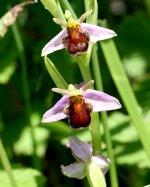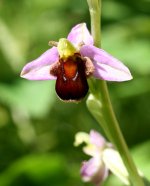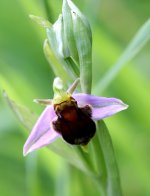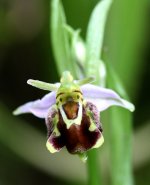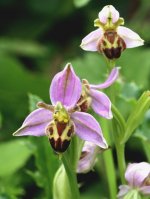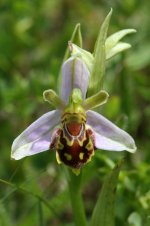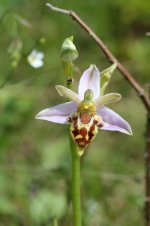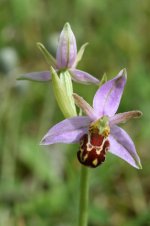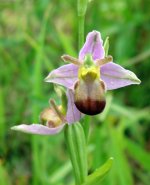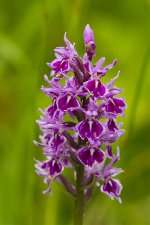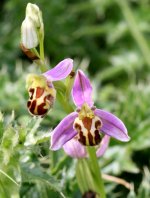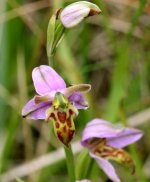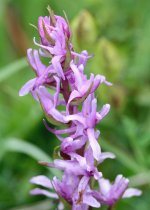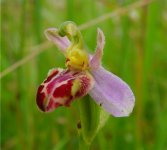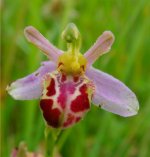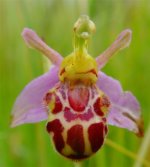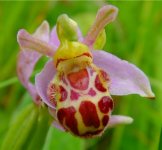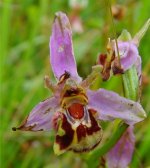Dorset
Hi all, Fearnor posted one of the atrofuscus on the 23rd, at Radipole RSPB there are now 3 plants in different areas, just 1 in the same place as the last 2 years. Several normal Bee & at least one very odd. Also just up the road by another part of the RSPB we have now found a belgarum, for me the 1st for Dorset. Unfortunately no fulvofusca yet this year.
Hi all, Fearnor posted one of the atrofuscus on the 23rd, at Radipole RSPB there are now 3 plants in different areas, just 1 in the same place as the last 2 years. Several normal Bee & at least one very odd. Also just up the road by another part of the RSPB we have now found a belgarum, for me the 1st for Dorset. Unfortunately no fulvofusca yet this year.




